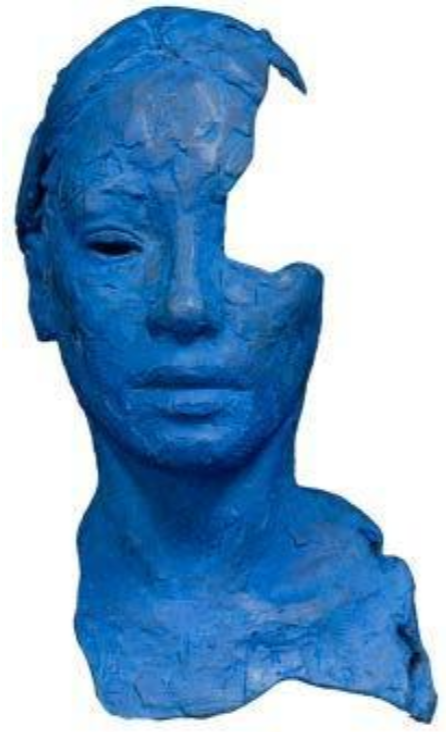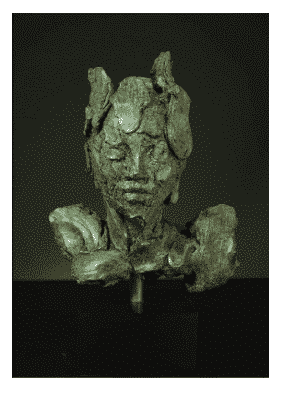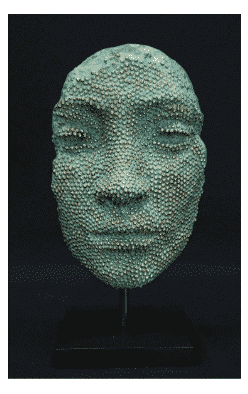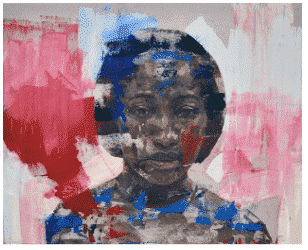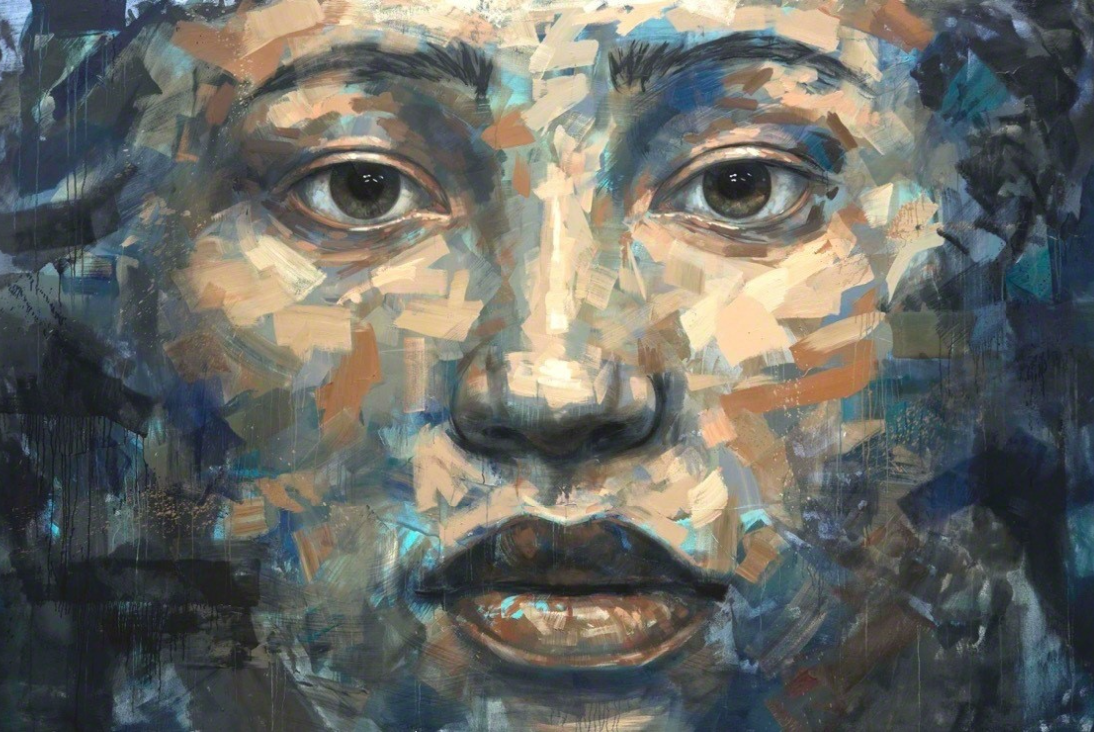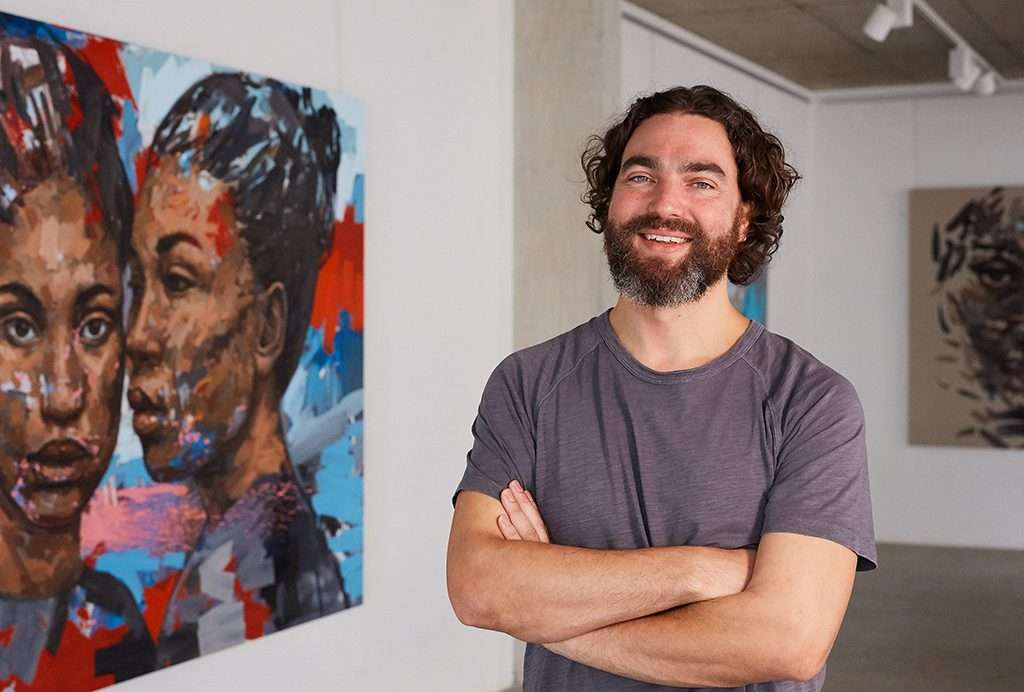
Lionel Smit
Buy original Lionel Smit artworks from ArtLife, including signed prints from across his career. Learn more about Lionel Smit life and work here.
Artwork
Biography
Lionel Smit was born in Pretoria, South Africa, on October 22nd 1982. He was surrounded by art—sculptures in particular—from a young age, as his father, acclaimed sculptor Anton Smit, worked in his studio next to the Smit family home. This studio played a huge part in Smit’s formative years and by the age of twelve, he was using clay himself and wanted to become a sculptor like his father. Four years later, after his parents separated, Smit started to use his father’s unoccupied studio for painting, which was fast becoming his favored medium as he explored his artistic identity. At around the same time, he enrolled in Pretoria’s Pro Arte School of Arts and went on to graduate in 2000 as the Best Painting Student in his class.
Later that year, he scooped first prize in the MTN Art Colours Awards of Gauteng and has since gone on to win numerous other awards. These include the 2008 Achievement Award from the Pro Arte School of Arts and the 2013 Ministerial Award from the Western Cape Government’s Department of Culture for Visual Art.
Smit is now based in Strand, Cape Town, where he continues to absorb the dynamics of his surroundings and integrate them visually and emotionally into his work. Considered one of South Africa’s greatest artists, he has achieved significant international success, including sell-out exhibitions in London and Hong Kong. He has also exhibited his work at art fairs across the world, including in India, Germany, and the United States.
Other significant feats in Smit’s career include his “Kholiswa” portrait being displayed on the cover of Christie’s Auction Catalogue, an exhibition at the National Portrait Gallery in London. His painting also received the Viewer’s Choice Award and was chosen as the “face” of the BP Portrait Award 2013 for all campaigns. From June 2016 until the end of April 2017, his double-headed bronze sculpture, entitled “Morphous” was installed in New York’s Union Square. Just a year later, in Spring 2018, Smit held his first solo American museum exhibition, Obscura, which was installed in Miami.
Smit has acquired a wide international following of collectors over the past 10 years, including Laurence Graff Art Collection, the Delaire Graff Wine Estate, and the Standard Chartered Bank.
Smit uses his daily surroundings and experiences as inspiration, focusing on the disintegration of individualism in an increasingly globalized society. His work is characterized by the symbiosis between sculpture and painting, while he typically contrasts abstract lines and blots of brightly colored paint to act as the foundation for an overlaid image of a face. The profiles he uses are typically those of unidentified females from the Cape Malay community.
According to Smit, these women perfectly encapsulate the multifaceted identity of South Africans, as well as the conflicted identity we all face in today’s increasingly cosmopolitan world. Their faces are also intended to offer us a window into the diversity and richness of life in general. Though his subjects share a commonality of origin, he uses their faces as a medium to experiment with bronze, color, stroke, and technique.
To create his bronzes, Smit employs the ancient lost-wax casting method, where molten metal is poured into a wax model mold to create a duplicate metal structure. However, rather than following traditional low-wax casting techniques, Smit uses his own method of fashioning patinas to elaborate on the features of the bust he creates. He uses darker brown or black patinas to color the eye or create shadow and dimension in the face, and blue toned patinas to emphasize features like the ridges of an ear, or as overlay for the face. This innovative approach to sculpting has allowed him to consistently push boundaries and do things no other artist has done before.
Within South Africa’s psychosocial landscape, Smit goes forth with his tactile and visual expression of hybrid identity and its evolving nature. He preserves the austere roots of his South African culture while expressing a highly emotive and gestural creative energy in his figures.
